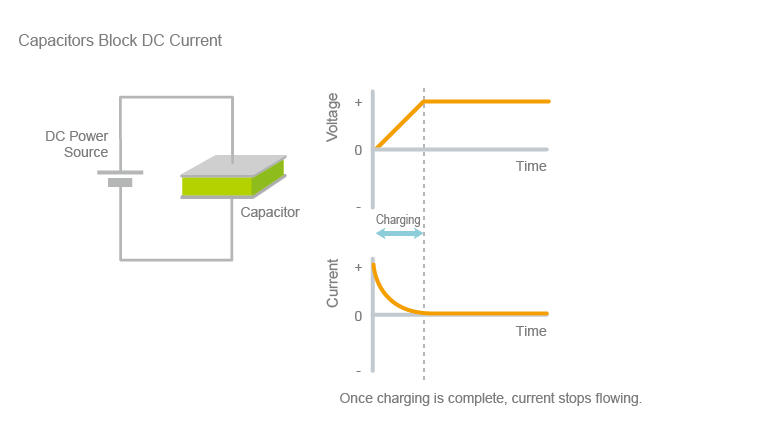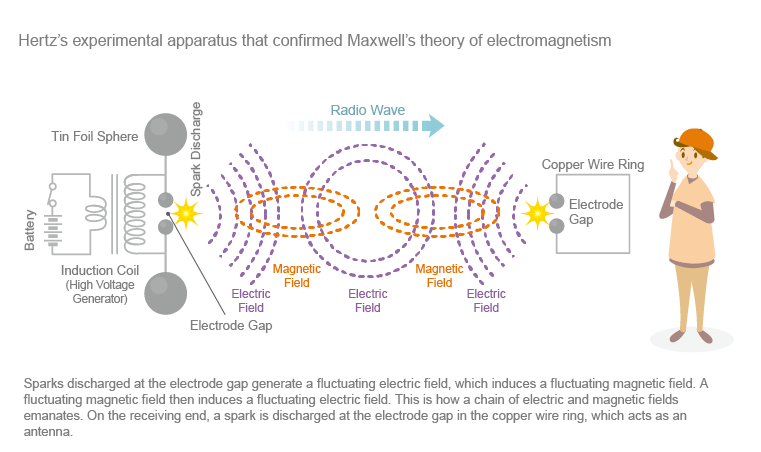Understanding the Types and Roles of Capacitors through Five Articles | The World of Power Capacitors
Part 2: The Capacitor is the Hidden Star of Electronic Circuits—Role #1: Storing Electricity

The first function of a capacitor is to store electricity (electric charge). In the strobes for digital and disposable cameras, the capacitor stores electricity supplied by the battery and instantaneously releases a very high voltage so that the strobe can fire. The function of capacitors to store electricity plays a vital role in the smoothing circuits of power supplies in electronic devices.
Various types of capacitors and their characteristics
If electronic circuits are likened to a baseball field, various capacitors occupy different positions according to their respective strengths. Paper capacitors, which used to be the “star players” of circuits, are no longer regulars, but some older capacitors like mica capacitors are still active. The most common type of capacitor is the multilayer ceramic chip capacitor. This is because they are small, highly reliable, and come in a wide variety of types to suit any position. Electrolytic capacitors are the noticeably larger, “dependable” type. They are characterized by their high capacitance, which allows them to store a large amount of electric charge, and are indispensable in applications such as strobe lighting in digital cameras. Electrolytic capacitors are also called discharge capacitors.
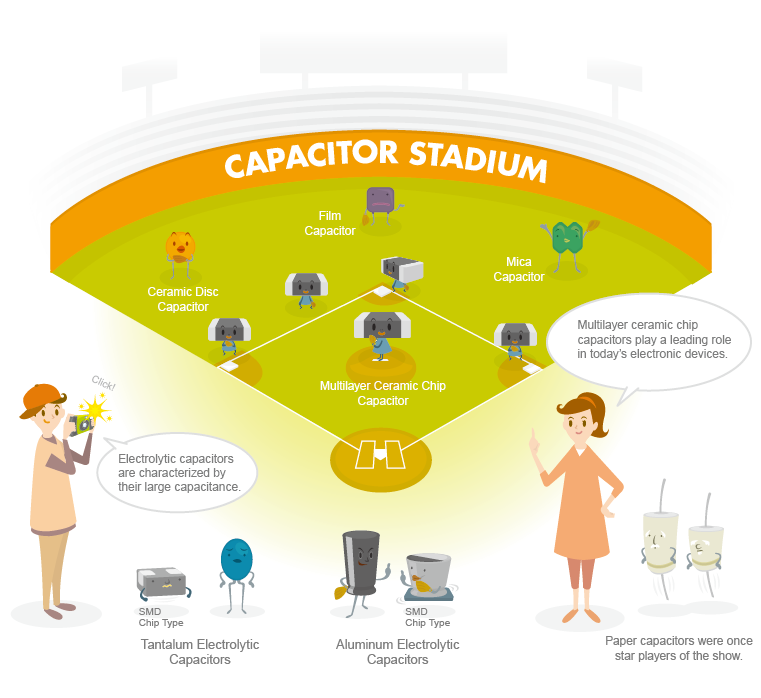
How strobe lights work in disposable cameras
A disposable camera is an excellent example of an environmentally-friendly “3R” (reduce, reuse, recycle) product. The strobe lights in such cameras use capacitors. A very high voltage of several thousand volts is required to produce an intense strobe flash from a xenon lamp. In order to create this voltage from a 1.5-volt dry cell battery, a compact electronic circuit is built into the camera. The light-emitting mechanism is a two-step process: first, the 1.5-volt DC current is raised to about 200 to 300 volts using a voltage booster circuit, then a charge is stored in a capacitor for standby. When the shutter button is pressed, the stored electric charge flows through the coil of the trigger transformer as a current, instantly increasing the voltage to several thousand volts and causing the xenon lamp to emit light.
A multilayer ceramic chip capacitor is also used in the trigger circuit. The combination of a large, high-capacity aluminum electrolytic capacitor and a small, space-saving multilayer ceramic chip capacitor (medium to high-voltage type) is what makes a strobe-equipped, disposable camera possible.
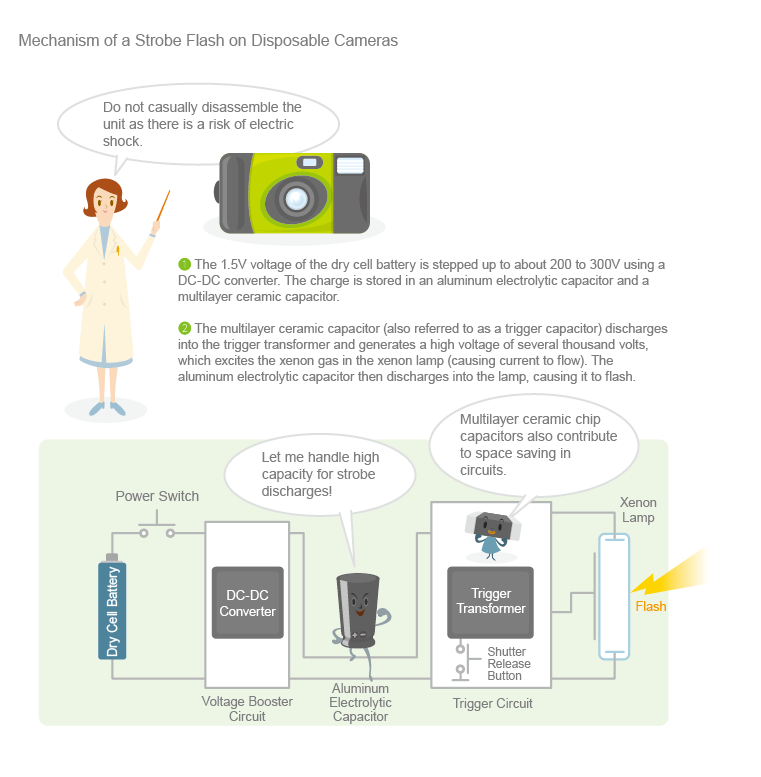
Why do aluminum electrolytic capacitors have high capacitance?
A capacitor consists of two electrodes facing each other. The capacity of the stored charge, or capacitance (C), increases as the electrode surface area (S) increases, the distance between the electrodes (d) decreases, and the relative dielectric constant (εr) of the dielectric material (insulator) between the electrodes increases.
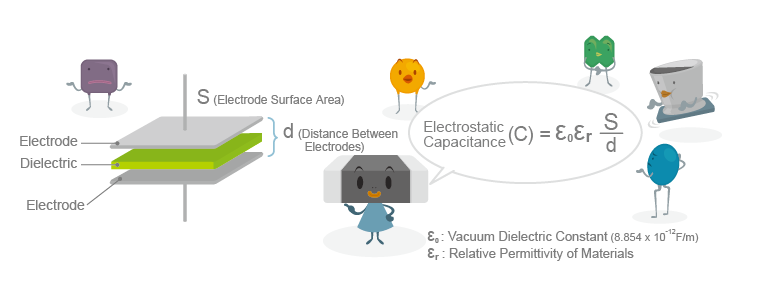
The most common type of capacitor with a capacitance of 100 µF (microfarad) or more is the aluminum electrolytic capacitor. This capacitor is made by chemically roughening the surface of high-purity aluminum and forming a thin oxide film on the anode surface by electrolysis, which serves as a dielectric material. The rough surface with fine irregularities allows for a large electrode surface area—and since the oxide film is very thin, a capacitor with substantial capacitance can be realized. For mobile devices and notebook PCs, tantalum electrolytic capacitors are also used, as they are compact, have higher capacitance, and are more reliable than aluminum electrolytic capacitors. However, tantalum is a rare metal and therefore more expensive.
Ceramic capacitors are made from a unique ceramic material (dielectric ceramics) with an extremely high dielectric constant. While the relative permittivity (dielectric constant) of air is about 1, the plastic film used in film capacitors is about 2 to 3, and the oxide film used in electrolytic capacitors is 8 to 10. However, ceramic dielectric materials, such as barium titanate and other high-permittivity ceramic materials, have permittivities of 1,000 to 20,000. Multilayer ceramic chip capacitors with a capacitance in the high range of electrolytic capacitors, despite their small size, can be manufactured by laminating many sheets of this ceramic dielectric material and metal electrodes in layers.
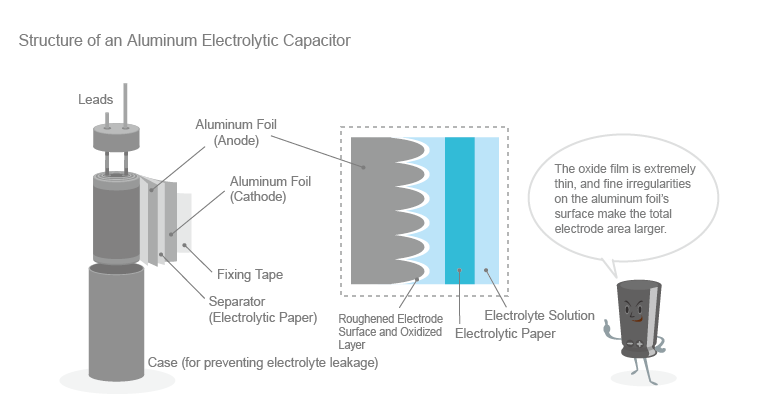
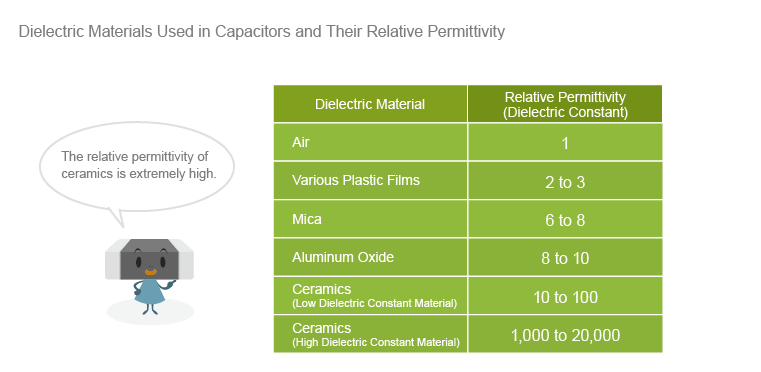
Smoothing capacitors play a prominent role in power supply circuits
Electrolytic capacitors are also used for smoothing circuits in power supply units. Most electronic circuits, such as digital ICs and operational amplifiers, are driven by DC voltages. Therefore, electronic equipment that takes in alternating current (AC) power requires a power supply circuit that converts AC to a constant voltage of direct current (DC). Stationary devices such as desktop computers have built-in power circuits, while notebook PCs use AC adapters to convert AC to DC. AC adapters use transformers and diodes to convert and rectify voltage. However, at this stage, it is still a pulsating current, not a DC current. Charging and discharging an electrolytic capacitor flattens the pulsating current to obtain a direct current with nearly constant voltage. This is comparable to our household finances, in which we maintain our daily lifestyle by occasionally dipping into our savings when income is lower than usual.
In portable devices such as mobile phones, the role of DC-DC converters is to step up or step down the DC voltage of the battery to the voltage required to drive ICs. Electrolytic capacitors have a larger capacity to store an electric charge, but the drawback is that they are also bigger in size. For this reason, multilayer ceramic chip capacitors are used in the smoothing circuits of small DC-DC converters inside mobile phones.
The use of thinner dielectrics and multilayer technology (several hundred layers or more) has enabled both miniaturization and higher capacitance. Multilayer ceramic chip capacitors have evolved to such an extent that they are now approaching the level of electrolytic capacitors in their field of application. Currently, multilayer ceramic chip capacitors account for about 80% of the world’s total capacitor production. It is easy to see why the capacitor is considered “the hidden star” of electronic components.
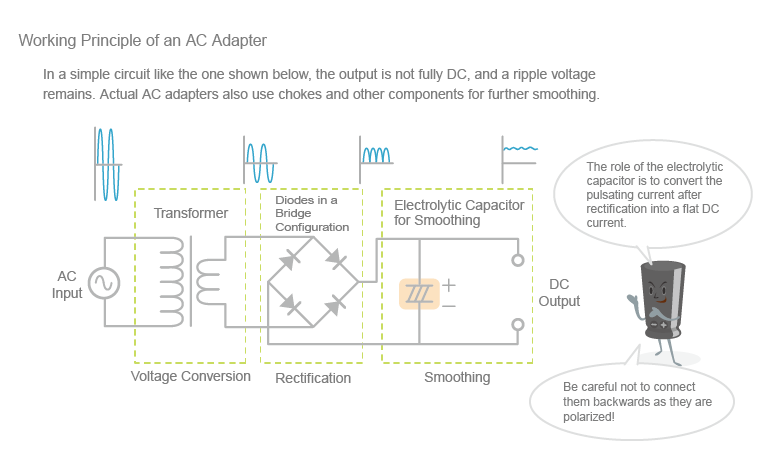
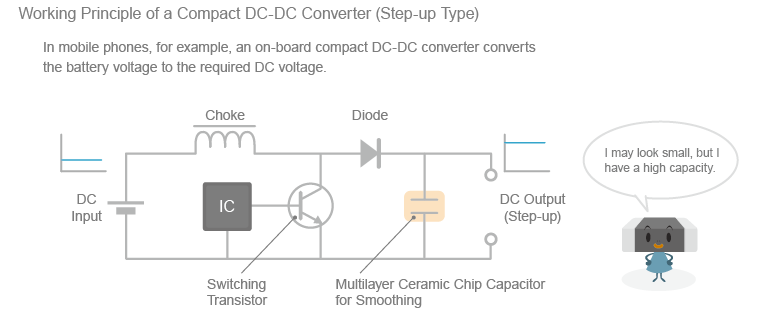
TDK is a comprehensive electronic components manufacturer leading the world in magnetic technology



